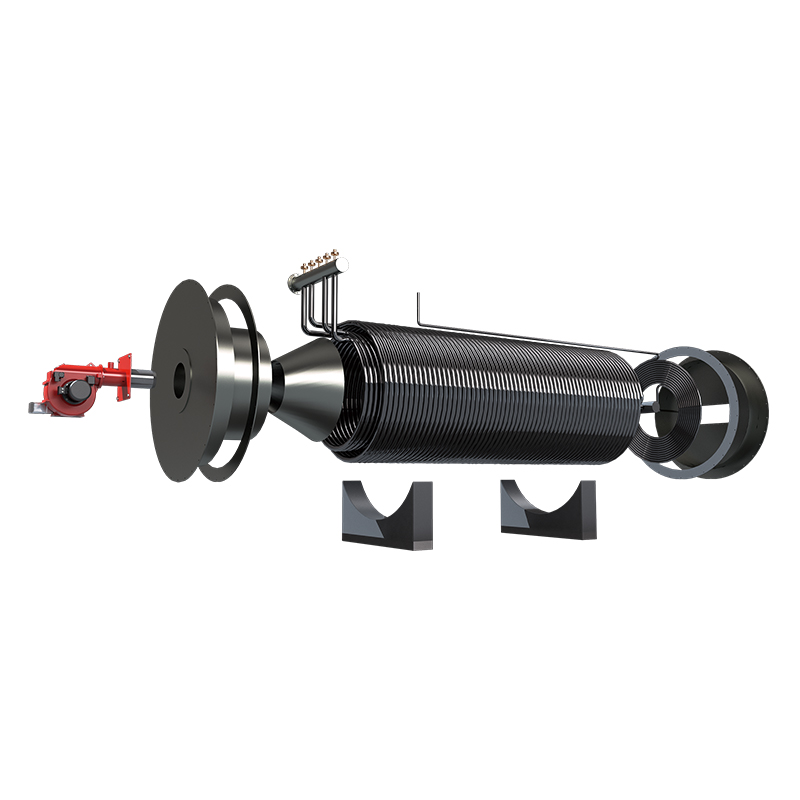plc steam boiler
Understanding PLC-Controlled Steam Boilers
Programmable Logic Controllers (PLCs) have revolutionized the way industrial processes are managed, especially in the context of steam boiler operations. A PLC-controlled steam boiler is a sophisticated piece of equipment that utilizes a PLC to monitor and control the various elements involved in steam generation, ensuring efficiency, safety, and reliability.
At its core, a steam boiler produces steam by heating water through combustion of fuel or other methods. This steam is then used to power turbines, heat buildings, or serve various processes in industries such as manufacturing, food processing, and energy generation. Given the critical nature of steam boilers, effective control systems are essential to optimize performance and maintain safety standards.
Understanding PLC-Controlled Steam Boilers
One of the primary benefits of using a PLC in steam boiler control is the ability to implement advanced automation features. For instance, PLCs can continuously monitor pressure, temperature, water level, and fuel feed rates. If any parameter deviates from predefined limits, the PLC can immediately take corrective actions—such as shutting down the burner or activating alarms—to prevent potential hazards. This enhances not only the efficiency of the steam generation process but also the safety of operations.
plc steam boiler

Another significant advantage of PLCs is their compatibility with Human-Machine Interfaces (HMIs). Operators can interact with the PLC through visually intuitive displays that provide real-time data about the steam boiler’s operations. Adjustments to settings can be made easily, and historical data can be stored for analysis. This level of visibility and control helps operators to make informed decisions and quickly respond to any operational issues.
Additionally, PLCs facilitate better predictive maintenance. By analyzing data trends from the steam boiler's operations, maintenance teams can identify potential equipment failures before they occur. This predictive capability minimizes downtime and reduces the costs associated with emergency repairs and replacements.
Moreover, PLC systems can easily integrate with other industrial automation systems, allowing for comprehensive monitoring and control of entire plants. This interconnectedness supports the implementation of Industry 4.0 practices, paving the way for smarter factories where data-driven decisions enhance productivity and efficiency.
In conclusion, PLC-controlled steam boilers represent a significant advancement in industrial boiler technology. By harnessing the capabilities of PLCs, industries can achieve higher efficiency, improved safety measures, and better control over steam generation processes. As industries continue to evolve, the integration of PLC technology in steam boiler operation will undoubtedly play a critical role in meeting modern demands for reliability and efficiency in energy management and industrial processes.
-
Electric Steam Boiler Manufacturers: Efficient & Reliable SolutionsNewsAug.17,2025
-
Electric Steam Boiler Manufacturers: Efficient Industrial SolutionsNewsAug.15,2025
-
Leading Electric Steam Boiler Manufacturers for IndustryNewsAug.14,2025
-
Buy Waste Heat Boilers: Custom, Efficient & Affordable SolutionsNewsAug.13,2025
-
Electric Steam Boiler Manufacturers | Industrial Power & EfficiencyNewsAug.12,2025
-
Electric Steam Boiler Manufacturers: Efficient & Reliable SolutionsNewsAug.11,2025

